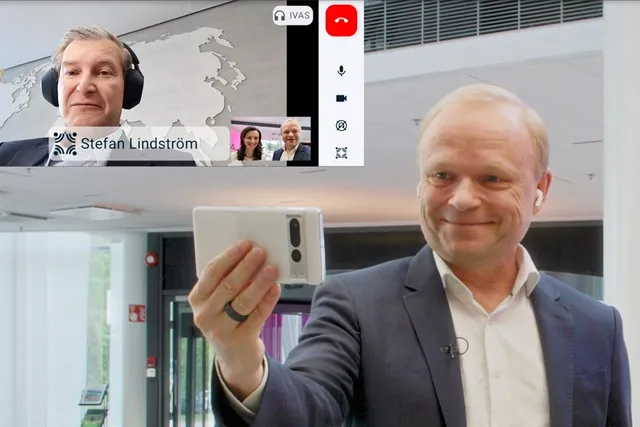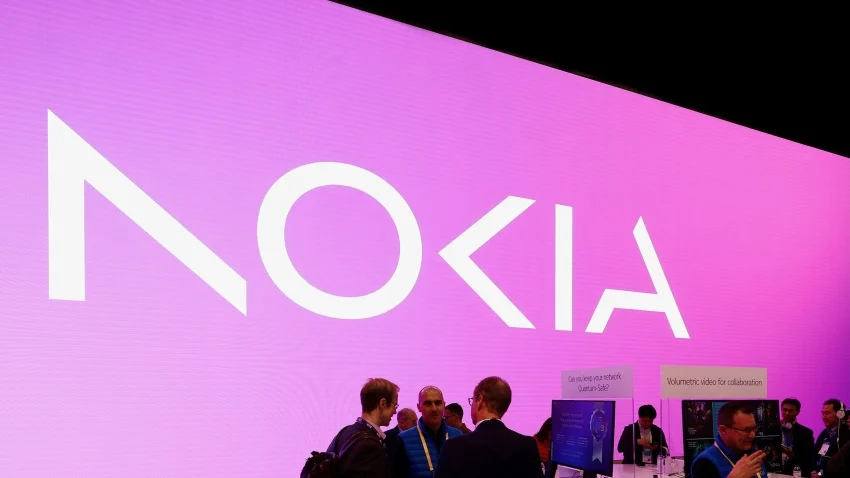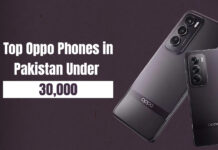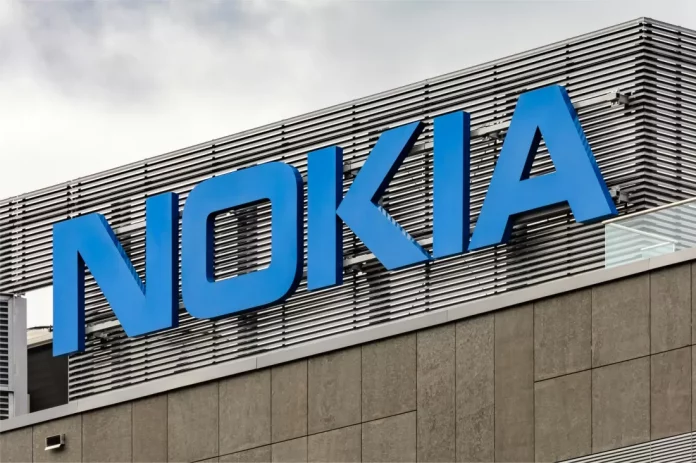Nokia has just made a groundbreaking move in the realm of communication by successfully making the world’s first 3D audio call! This innovation has the potential to revolutionize the way we connect with each other, making phone calls feel more like being in the same room as the person on the other end. Today, we’ll dive into the details of this remarkable achievement and explore the impact it could have on our daily communication.
Traditional Calls And The Future Of 3D Audio Calls
The majority of traditional smartphone phone conversations use monophonic audio, which combines audio components into one, producing a smoother, less detailed sound. For many years, this constrictive technology was the standard; however, Nokia’s “immersive audio and video” technology broke through this mold and made it possible to make the first-ever 3D audio visual phone conversation.

Nokia’s innovative technology creates a 3D audio environment with state-of-the-art audio processing so the caller can hear every sound precisely. By treating each individual audio part as though it were emanating from a specific point inside the virtual 3D environment, it is feasible to achieve this transformation. As a result, the caller will experience what it’s like to be physically present with the person on the other end of the conversation, feeling as though they are witnessing every sound and movement.
Benefits Beyond Person-To-Person Calls
Imagine this: You are on the phone with a friend who is at a busy Karachi dhaba. In addition to seeing the backdrop activities, 3D audio allows you to hear the surrounding discussions and background sounds in great detail, creating the impression that you are truly there. It provides a more engaging and natural method to connect than the present flat audio experience, which is a huge improvement.

Beyond just in-person conversations, Nokia’s immersive audio and visual technology has far-reaching ramifications. Here are a couple of things to look forward to:
- Enhanced Conference Calls: Picture a conference call in which the voices of each member are divided according to their physical position. When people are participating in big group meetings via phone from different places, this may greatly increase clarity and attention.
- Revolutionizing Remote Work: This technology has the potential to transform remote work by producing a more realistic and immersive communication experience. Envision participating in virtual meetings where you actually feel as though you and your colleagues are in the same room.
- A Piece of Metaverse: As the idea of the metaverse develops further, Nokia’s technology may be essential in building a virtual world that is more engaging and lifelike. Imagine going to events like conferences or concerts in the metaverse, where you can engage with the soundscape and see and see others at the same time.
The Road Ahead For Audio Calls
Naturally, there are still challenges to face. The creation of devices that are compatible with this technology and improvements to the infrastructure will be necessary for its broad adoption. But Nokia’s successful demonstration is a big step ahead, and it’s certain that communication in the future will be more realistic and immersive every day. As technology continues to advance, we can anticipate even more innovative applications of this immersive audio and video technology. For now, the world’s first 3D audio visual phone call serves as a beacon of what’s to come, and we can’t wait to see how it shapes the future of communication.
Stay tuned for more tech news like these; this is your favorite friendly neighborhood techie Zayaan, Signing Off!







































